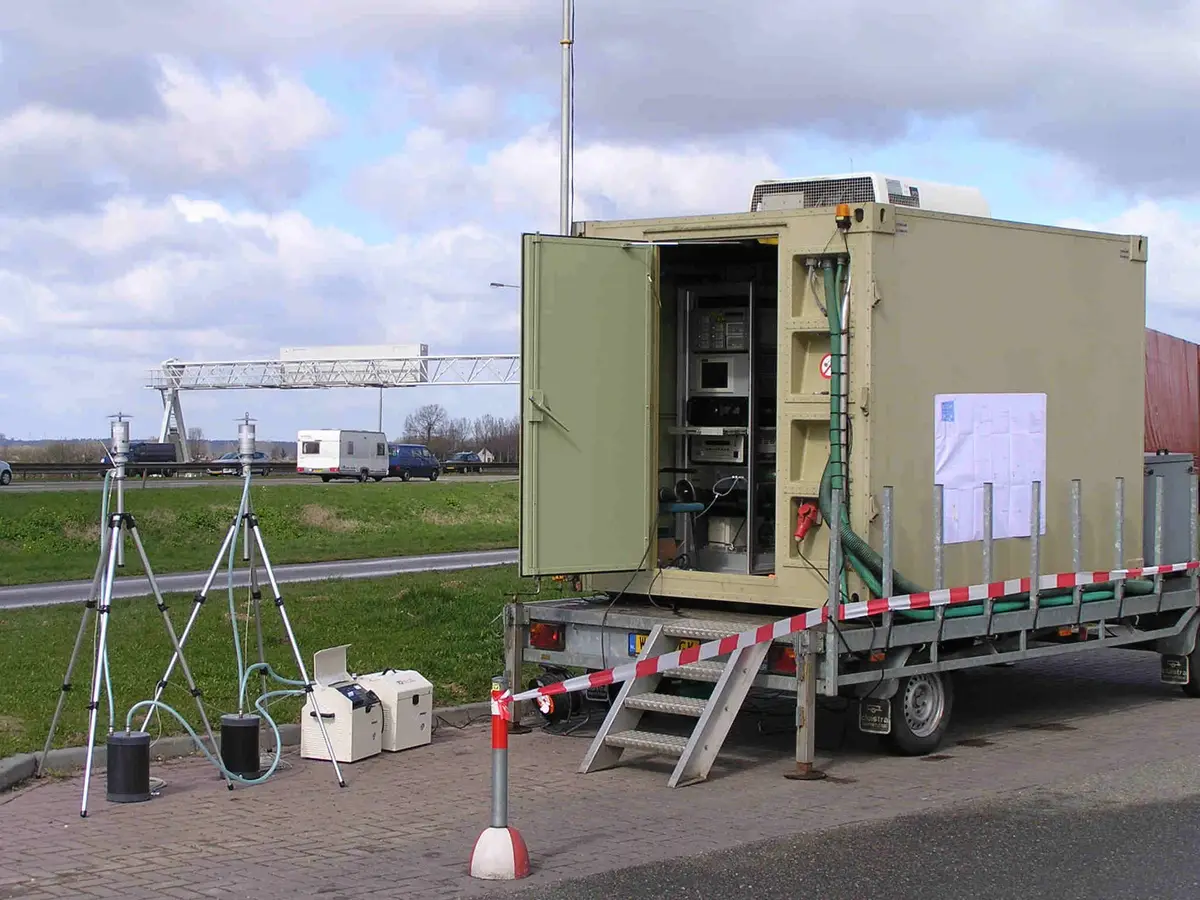Study on the Impact of Vegetation on Air Quality Along the A50
Innovative Green Research
 Various trees and shrubs are temporarily planted along the A50 to investigate whether they improve air quality. This is an initiative of the Arnhem Nijmegen Urban Region and the Air Quality Innovation Programme of Rijkswaterstaat. It is the first time in the Netherlands that the effect of vegetation on air quality is being studied on this scale. Wageningen University is conducting the particulate matter measurements.
Various trees and shrubs are temporarily planted along the A50 to investigate whether they improve air quality. This is an initiative of the Arnhem Nijmegen Urban Region and the Air Quality Innovation Programme of Rijkswaterstaat. It is the first time in the Netherlands that the effect of vegetation on air quality is being studied on this scale. Wageningen University is conducting the particulate matter measurements.
Towards a Model for Green and Air Quality
This project is a first step towards developing a model that calculates the effects of greenery on air quality. Previous literature and laboratory research has shown that vegetation can positively contribute to reducing concentrations of particulate matter and nitrogen dioxide in the air. This study aims to determine whether these conclusions hold true in practice.
Different Types of Vegetation Tested
The plot of land along the motorway near Valburg has been planted with various types of vegetation. Two test plots of 10 by 100 meters have been planted with coniferous and deciduous trees. The expectation is that different characteristics of these trees will perform differently in capturing particulate matter and nitrogen dioxide. A third test plot has no planting, to establish a baseline air quality measurement without vegetation.
Research Framework
The research is carried out as part of the Air Quality Innovation Programme commissioned by the Ministries of Transport and Water Management and Housing, Spatial Planning and the Environment (VROM).
Particulate Measurement Technology
For particulate matter measurements, electronic constant flow pumps are used with LVS PM10 and PM2.5 sampling heads. The chosen samplers were selected for their high accuracy in intake flow rate and sampled volume (2%). Additionally, the very powerful (6 m3/hour) rotary pump allows the use of very long (100 m) sampling lines. It was also crucial that these pumps are suitable for multiple different projects. They have previously been successfully used in livestock emission measurements.
